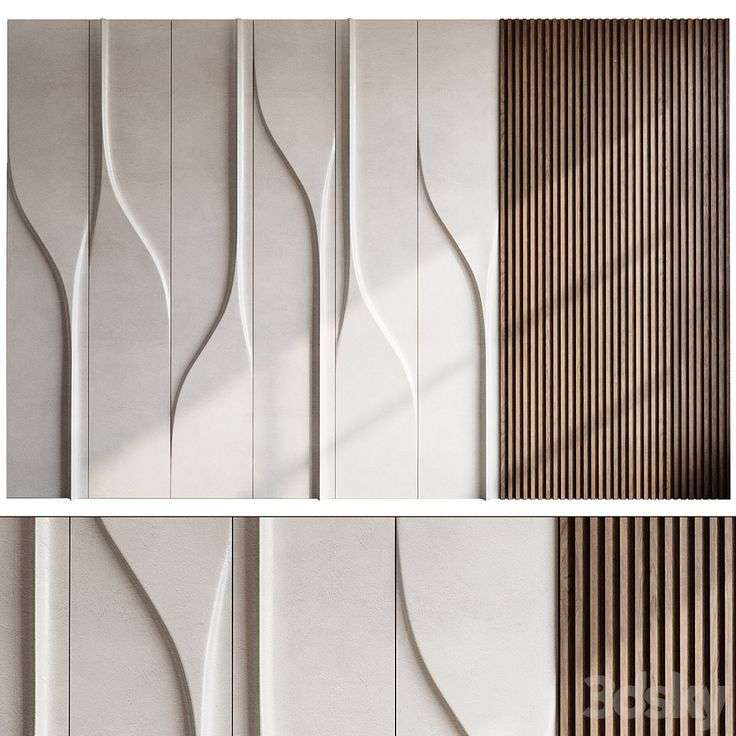For many people, collecting is more than just a hobby—it’s a passion. Whether it’s vintage books, rare artwork, antique furniture, or unique memorabilia, showcasing these collections within your home can be a challenge. However, with the right design approach, you can create an environment that not only highlights these treasures but also integrates them seamlessly into your home’s aesthetic.
Designing for collectors requires a careful balance of display, functionality, and style. The goal is to ensure that your collection is both showcased beautifully and organized effectively, while complementing the overall design of your space. Here are some strategies for designing a home that allows your unique collections to shine.

1. Create Dedicated Display Areas
When showcasing a collection, it’s essential to dedicate specific areas or spaces in your home to display your items. This ensures that the collection is given the attention it deserves without cluttering the entire room.
- Wall-mounted shelves: Floating shelves or custom-built shelving units are perfect for displaying smaller items like figurines, books, or collectibles. Arrange your pieces in a way that creates visual interest but doesn’t overcrowd the shelves.
- Glass display cabinets: For delicate or valuable items, a glass-front cabinet offers a secure and stylish way to showcase your collection. These cabinets come in various styles, from modern minimalist to more traditional wooden designs.
- Curated corners: If your collection is large, consider creating “curated corners” where items are grouped together in smaller displays. For example, a corner dedicated to vintage cameras or rare books can be transformed into a visual focal point.
2. Consider Proper Lighting
Lighting plays a critical role in showcasing a collection, as it highlights the details and beauty of each item. Without proper lighting, even the most valuable items can seem underwhelming.
- Track lighting: Install adjustable track lights above shelves or cabinets to shine light directly onto your collection. This allows you to highlight specific items and create a dramatic effect.
- Spotlights: Use focused spotlights for larger, statement pieces in your collection, such as sculptures or artwork. This directs attention to these focal points and adds depth to your display.
- Ambient lighting: Soft, ambient lighting can enhance the overall feel of a room without overpowering the display. Consider using recessed lights or lamps with dimmable features to create the right mood.
3. Integrate Collections with Your Home’s Style
A common mistake when designing for collectors is to make the collection feel like an afterthought or completely separate from the overall design of the home. To create a cohesive look, it’s important to integrate your collection with the existing decor.
- Harmonize with colors: If your collection includes items with bold colors or patterns, choose a neutral palette for your walls and furniture to allow the collection to stand out. Conversely, you can match the tones of your collection to the color scheme of the room for a more unified design.
- Incorporate vintage elements: For those who collect antiques or vintage items, consider incorporating vintage-style furniture or accessories into the space. This helps tie the collection into the room’s overall aesthetic.
- Create focal points: Make your collection the focal point of a room by centering it around key design elements like a statement wall, gallery of artwork, or a custom-built display unit.
4. Use Custom Furniture and Displays
Custom-built furniture or specialized displays can be a great way to showcase your collection while maintaining a cohesive design. Custom displays can be designed specifically for the size, shape, and nature of your collection, ensuring it is presented in the best possible way.
- Built-in shelving units: If you have a large collection, such as a library of rare books or vintage toys, consider installing built-in shelving that fits the space and maximizes the storage and display area.
- Display tables: For smaller, more delicate items, a display table with a glass top can be an elegant way to show off your collection. You can even integrate drawers or hidden compartments to store additional items.
- Rotating displays: For collections that require frequent updates or changes, a rotating display is an excellent option. This allows you to refresh the display and highlight different items from your collection over time.
5. Tell a Story with Your Collection
Every collection has a story, whether it’s a passion for a particular genre, the history behind the items, or the journey of collecting over the years. Consider incorporating elements that tell the story of your collection within your home’s design.
- Display captions: For those who collect rare art, antique furniture, or historical artifacts, consider adding small captions or plaques that explain the significance of each piece. This helps visitors connect with your collection on a deeper level.
- Personalized displays: Arrange your collection in a way that reflects your personal journey. For example, a shelf of vintage postcards can be organized by the places you’ve traveled to, while a collection of old books can be arranged in chronological order based on when they were acquired.
- Create themed rooms: If your collection is particularly large or diverse, consider creating themed rooms or areas that reflect different aspects of the collection. A room with an ocean-inspired theme could showcase a collection of seashells, coastal art, and nautical antiques, while a study area could highlight a collection of vintage maps or globes.
6. Keep Functionality in Mind
While showcasing your collection is essential, it’s also important to ensure that your home remains functional. Consider how your collection will be used and how much space it requires to keep the design practical.
- Storage solutions: Invest in stylish storage options for items that don’t need to be displayed all the time. This could include hidden storage within furniture pieces or decorative baskets and boxes that keep your collection organized.
- Clear pathways: Avoid overcrowding your space with too many display items. Leave enough room for movement and functionality, especially in high-traffic areas like living rooms or entryways.
- Protection: If your collection includes fragile or valuable items, make sure to protect them with proper storage solutions or display cases that safeguard them from damage.



